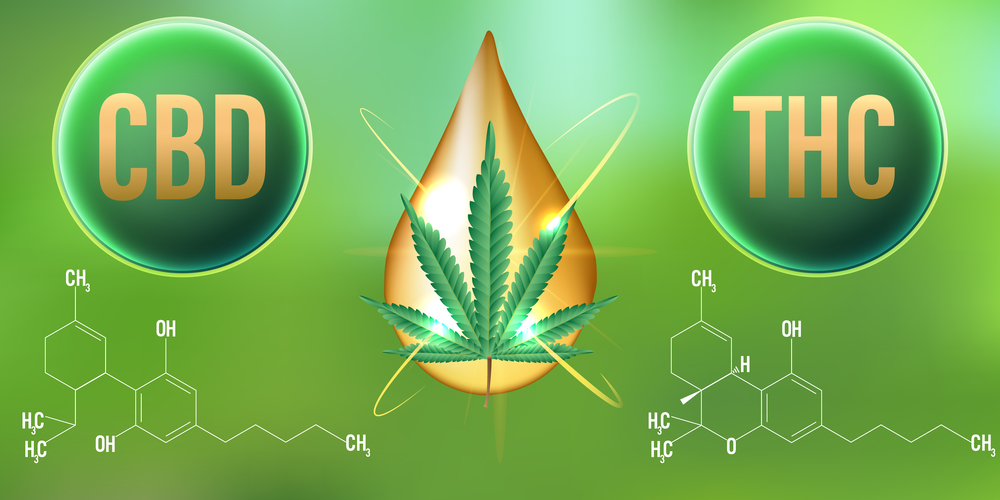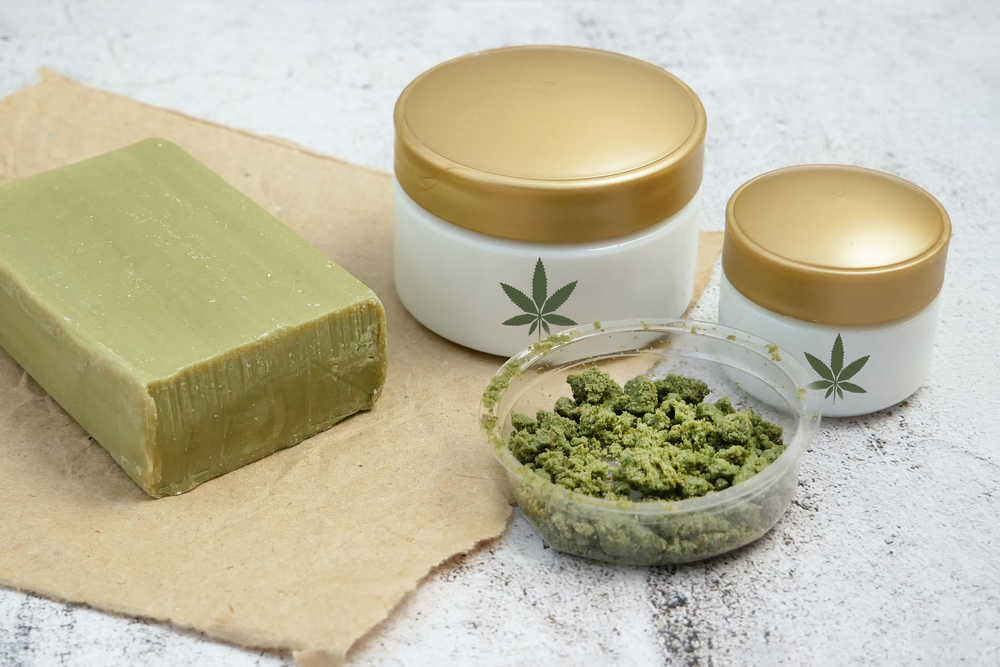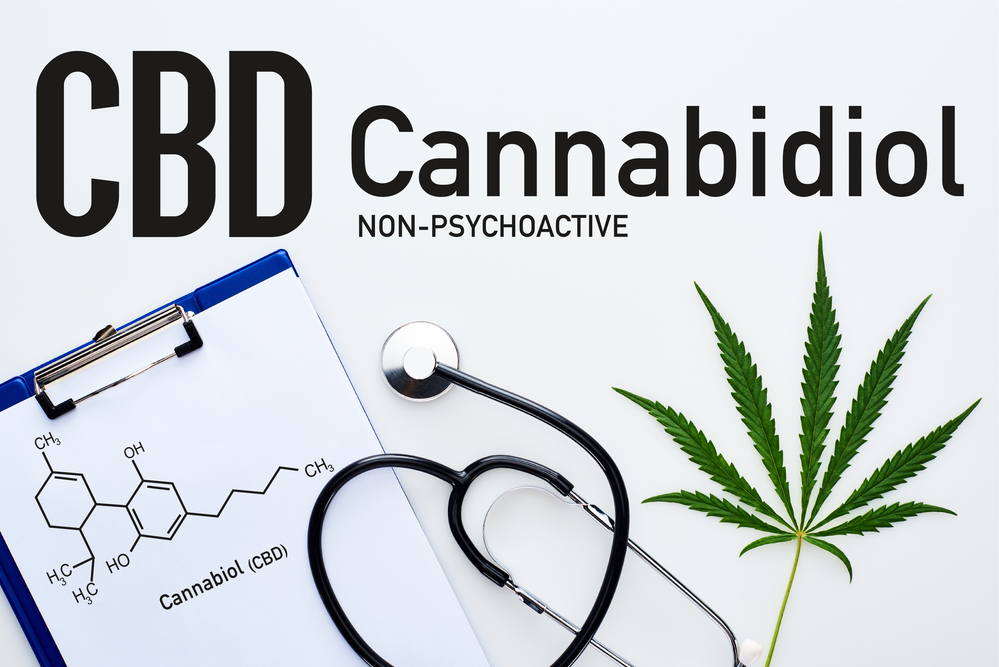
Americans love using CBD products. The non-intoxicating hemp-derived oils that contain terpenes and wellness boosting cannabinoids grew in global sales from $3.4 billion in 2014 to $11 billion in 2018. You may have recently heard about Nano CBDA and wondered how it was different from standard CBD products.
With a 0.30% THC level (required by law to be a legalized non-controlled substance), CBD can deliver various benefits for individuals with health conditions. Some studies have reported that CBD is highly effective at reducing inflammation and symptoms such as chronic nausea. Some patients have been shown to increase appetite for patients undergoing invasive treatments such as chemotherapy. And many people use CBD daily to help moderate symptoms of chronic muscular and joint pain.

In 2019, a Gallup Poll found that 33% of Americans have used CBD products in the past. And 14% of respondents said that they continue to use CBD products regularly. Americans aged 18 to 34 years purchase the highest number of CBD oils and supplements. But consumers aged 35 to 44 years are more likely to use them daily or weekly.
Respondents to the poll indicated why they used CBD for personal wellness:
Interestingly, the Gallup Poll also reported that 70% of Americans aged 55 to 64 years had never used a CBD wellness product. And 80% of seniors aged 65 years and older had also not tried any CBD products for symptom management. Despite the fact that many people successfully manage inflammation and chronic pain with oral CBD tinctures or topical cream applications.

You have probably heard that some nutritional supplements or prescription medications lose some of their potency after swallowing. Supplement manufacturers accommodate for this loss in effectiveness by adjusting the dose of the product. That works to equalize the loss ratio, to ensure that the individual is getting the maximum benefit.
CBD is not currently federally regulated, as it is considered to be a nutritional supplement. But the wellness potential of cannabinoids for a variety of symptom management needs is well documented worldwide—however, the bioavailability ratio for CBD matters. Every person using CBD wants to know that healthy terpenes and cannabinoids are being effectively absorbed into their body.
Everything that you consume gets 100% absorbed into your body, right? Not so fast! There are many processes and conditions that can block some (or all) absorption of terpenes and cannabinoids. Free radicals inhibit absorption at the cellular level and are created by lifestyle factors like smoking, alcohol consumption, and heavy metals in the environment. Diet and prescription medications can also play a part in reduced absorption.
If you are going to take a CBD product as part of your wellness plan, you want to double-check two important things. First, that the CBD is a full-spectrum and high-grade product. And second, that it provides the highest level of bioavailability or absorption. That way, you are optimizing the nutritional value you get from the CBD products you buy.

Have you ever heard of the ‘mothership cannabinoid” CBGA? Cannabigerolic acid is the origin of every type of cannabinoid. It is the starting point for the compounds THCA, CBCA, and CBDA, created when CBGA interacts with plant enzymes. This happens when the cannabis plant is exposed to sunlight or heat. It naturally decarboxylates and converts CBDA to CBD.
Now you know why you have to decarboxylate cannabis to get the effects of THC. Or why you have to decarb your weed before you create edibles or infused foods at home. This same process can also happen when the raw cannabis plants sit at room temperature (but at a slower conversion rate).
Hemp contains approximately 113 cannabinoids, and CBDA and CBD are just two of the naturally occurring cannabinoids. In hemp, the cannabinoids CBDA and CBD are not psychoactive and do not create the same intoxicating effects as THC.
One big difference between CBD and CBDA is bioavailability. Studies have shown that CBDA is far easier for the body to absorb. And that means people who take CBDA may get more wellness benefits from it. While normal cannabinoids bind with CB1 or CB2 receptors in the body, CBDA works differently. It inhibits the COX-2 enzyme. The same way that prescription-strength NSAIDs do to achieve effective pain relief.
Nano CBDA is highly soluble, which means it is rapidly absorbed. And for people who want to take CBDA on a daily basis for wellness, it can be found in tinctures, capsules, and extra-strength topicals.
Featured Image: Nighttampa7597 | Deposit Photos
No Information on MarijuanaDoctors.Com should be used to diagnose, treat, prevent or cure any disease or condition. You can view our Full Disclaimer here.